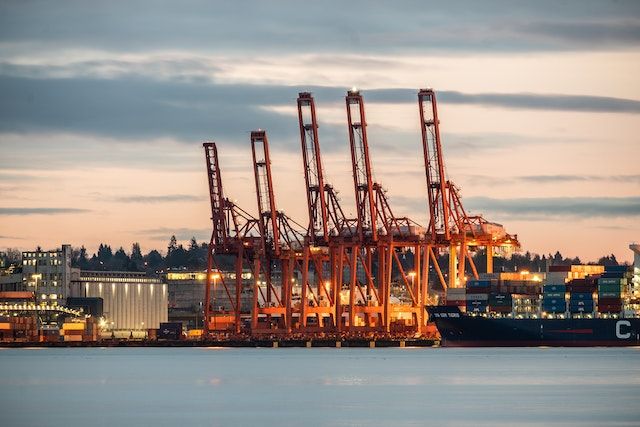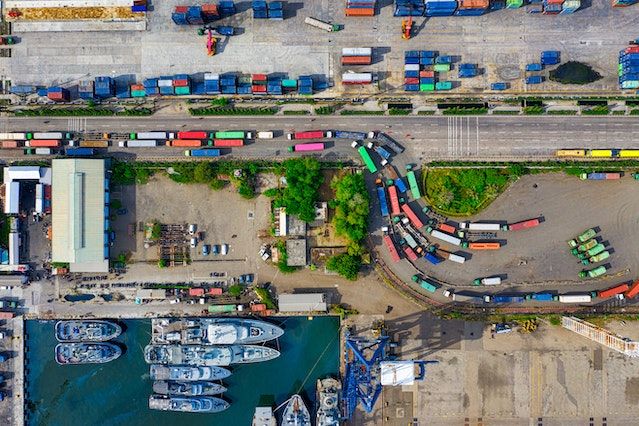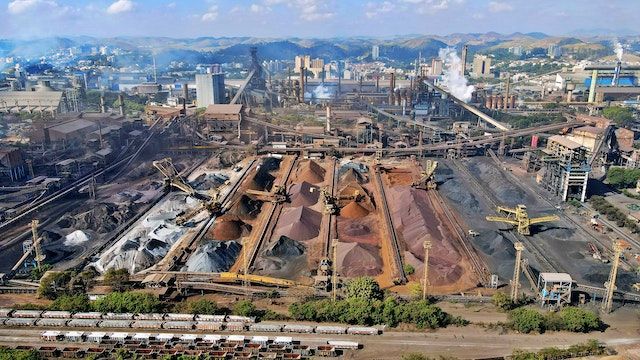Worse than the sub-prime housing market crash of 2008, more damaging that the Savings & Loan failures of the late 1980s, even more painful than the OPEC oil shortage of the 1970’s! The current supply chain crisis is hurting everyone and at all levels in all sectors of the economy.
For manufacturers, this has resulted in product scarcity, longer lead-times, and even labour shortages. And it has done so on an unprecedented scale.
As the Laire Digital business consultancy notes, “Supply chain shortages across the globe rose by an astonishing 638% in just the first half of 2021.”
Unfortunately, it is a situation that is likely to remain for the foreseeable future. One recent survey finding that despite markets reopening and a return to normal following the COVID pandemic “73% of global business executives still rank supply chain shortages as one of their top concerns.”

Why Have Supplied Chains Collapsed
It is quite easy to blame COVID for the current predicament. As the business consultancy Randstad explains, “China is responsible for producing nearly 29% of all global products. So, when it was the first country to face travel restrictions, the impact on the supply chain was noticed almost instantly. This caused a ripple effect throughout the world as organizations struggled to find new suppliers to meet demand.”
However, other issues such as Brexit, the Evergreen vessel blocking the Suez canal, and the frailty of international port facilities have also played a part. At the same time, there has been a global lack of truck drivers, with the United States experiencing a labour shortage of 80,000 truck drivers, while the International Road Transport Union reports that “20% of trucking jobs went unfilled across 20 Eurasia countries in 2021”.
Added to this is the ongoing war in Europe between two major suppliers of industrial raw materials and foodstuffs.
All of this factors are responsible for the current shortages.

Yet the global supply chain has always been on a knife edge. Created by ‘just in time’ deliveries and extended global deliveries from the other side of the world. A system which often valued pricing far higher than consistency and reliability.
Now with the pandemic hopefully consigned to history, it is still clear that supply chains are way beyond fully restored. In some cases, things are getting even worse.
“For example, more than two years into the pandemic, the gap between chip supply and demand has widened across all semiconductor-enabled products,” observes a recent report by industry consultants at McKinsey&Company. Adding that, “This semiconductor shortage will likely persist in selected technology nodes for the next three to five years. For mature node sizes, for example, shortages are expected to persist until 2026.”
The situation is similar for other critical input materials, such as gas, fertilizer, rare earth elements, nickel, copper, cobalt, aluminium, steel, wheat, and sunflower oil.

For manufacturers as a whole, the shortages are a result of five clear risks.
1. Volume shortage: suppliers are not able to produce the quantities required due to labour shortages, a lack of raw materials, or limited time.
2. Geographical sourcing dependency: any single region that becomes the sole or majority supplier for a product, component, or feedstock can collapse a supply chain if that region is affected by war, political instability, or other seismic shift. As the McKinsey and co. report notes, “The main supply chain risks that are likely to affect raw materials are supply shortages and geographical-sourcing dependency.”
3. Price volatility: market shortages lead to panic buying with prices rapidly climbing and falling on a day-to-day basis. Echoed again by McKinsey consultants noting that, “There is an unprecedented extent of price increases across commodities.”
4. Long lead times: even final consumers are now accepting the need to wait for deliveries.
5. Uncertain quality: high demand and pressure on suppliers may reduce time for quality control or cause rushed production.
How can businesses fix their supply chains and avoid similar problems in the future?
While actions will vary from business to business based on the specifics of each sector, there are some positive steps that company leaders can take towards making procurement more resilient to any future unexpected event. This includes:
· Diversify and localize suppliers. Use a variety of providers and regions for the most essential raw materials and components.
· Explore opportunities for targeted acquisitions of suppliers of critical raw materials so as to decrease price volatility.
· Consider pooling the procurement of raw materials with others in a specific sector.
· Research in substitutes for critical materials.
· Invest in ways to recycle.
· Aim for long-term supply agreements.
· Develop streaming agreements with advance lump-sum payments for future production.
While these strategies are far from perfect they are at least a step in the right direction to avoiding future disruption.
No one can predict the future. Who in 2018 could have foreseen a global health pandemic which resulted in the almost complete lockdown of economic and social activity? But with supply chains now exposed as a weak link in every industrial sector it is becoming apparent that businesses need to plan and prepare for the worst. While hoping for the best in raw material procurement.
To learn more about this topic read: How Business is Responding to Uncertainty of Raw Material Supplies.
Photo credit: Maximillian Ruther on Pexels, Julius Silver, Tulio Mattas, & Tom Fisk